Arthritis, a condition causing inflammation in joints, can significantly impact foot health. Among its various forms, osteoarthritis and rheumatoid arthritis commonly affect the feet. Osteoarthritis results from the wear and tear of joint cartilage, while rheumatoid arthritis is an autoimmune disorder leading to joint inflammation. Both can cause immense foot pain and stiffness, affecting mobility and overall well-being.
The Role of Arch Support in Alleviating Foot Discomfort
One of the effective methods to mitigate foot pain and stiffness caused by arthritis is by employing proper arch support. This support aids in distributing pressure evenly across the foot, reducing stress on joints, and alleviating discomfort. Arch support serves as a preventive measure against further joint damage and can significantly enhance mobility in individuals with arthritis.
Choosing the Right Arch Support: A Personalized Approach
When it comes to finding the ideal arch support, a personalized approach is key. Each person’s feet are unique, and understanding your specific needs is crucial in selecting the right support that offers comfort and addresses any discomfort or issues you may be experiencing.
Assessing Your Foot Structure
Before choosing arch support, understanding your foot structure is fundamental. There are three common types of arches:
- Low Arches (Flat Feet): If your feet have minimal arches and tend to touch the ground almost entirely, you likely have low arches.
- Neutral Arches: Feet with moderate arches that touch the ground with a noticeable curve are considered neutral.
- High Arches: Feet with high arches have a distinct curve, leaving a gap between the foot and the ground.
Identifying Your Support Needs
Different arch types require varying degrees of support:
- Low Arches: Individuals with low arches benefit from arch support that offers cushioning and stability to prevent overpronation and distribute pressure evenly.
- Neutral Arches: Neutral arches usually require moderate support to maintain the natural alignment of the foot and prevent excessive movement.
- High Arches: Those with high arches need support that provides cushioning to absorb shock and reduce pressure on the heel and ball of the foot.
Choosing the Right Type of Arch Support
Several options cater to different arch types:
- Orthotic Inserts: These come in various materials and designs, providing customized support and fitting inside regular shoes.
- Arch Support Insoles: Designed to add support and comfort to footwear, these can be easily inserted and removed as needed.
- Custom Orthotics: Specifically tailored to an individual’s foot shape, these are crafted by podiatrists for precise support and correction.
Importance of Footwear Selection in Arthritis Management
Arthritis, a condition causing inflammation and stiffness in joints, can significantly impact foot health. Proper footwear selection plays a pivotal role in managing the symptoms associated with arthritis and enhancing overall comfort and mobility for individuals affected by this condition.
Understanding Arthritis and Its Impact on Feet
Arthritis can affect various joints in the feet, leading to pain, swelling, and limited mobility. Conditions like osteoarthritis and rheumatoid arthritis commonly affect the foot joints, making everyday activities challenging.
The Role of Footwear in Arthritis Management
Selecting the right footwear is crucial for managing arthritis-related foot problems. Well-chosen shoes can alleviate discomfort, minimize pressure on affected joints, and enhance stability while walking or standing.
Key Considerations in Footwear Selection
- Proper Fit: Shoes should provide ample space for toes, adequate arch support, and a snug fit without causing pressure points.
- Cushioning: Footwear with cushioned insoles or padding can absorb shock, reducing impact on arthritic joints and offering comfort.
- Supportive Soles: Shoes with sturdy and supportive soles aid in maintaining stability, reducing strain on the feet.
- Toe Box Design: Opt for shoes with a wide toe box to accommodate any deformities or swelling caused by arthritis.
Choosing the Right Footwear for Arthritis
- Comfortable Athletic Shoes: Sneakers or athletic shoes with cushioning and good arch support can be excellent choices for daily wear.
- Orthopedic Shoes or Inserts: Customized orthopedic shoes or inserts prescribed by healthcare professionals offer tailored support and alleviate specific foot issues.
- Low-Heeled Shoes: Low heels provide better stability and reduce strain on joints compared to high heels.
- Adjustable Features: Footwear with adjustable straps or laces allows for customization to accommodate changes in foot size or swelling.
Benefits of Proper Footwear in Arthritis Management
- Pain Relief: Well-fitted and supportive shoes can alleviate pain and reduce discomfort associated with arthritis.
- Improved Mobility: The right footwear enhances stability and allows for easier movement, promoting better mobility for individuals with arthritis.
- Prevention of Further Complications: Properly selected shoes can help prevent deformities and reduce the risk of developing additional foot problems.
Consulting a Foot Specialist
For individuals with arthritis, consulting a podiatrist or a footwear specialist can provide valuable guidance in choosing footwear tailored to their specific needs. These experts can recommend suitable styles, materials, and modifications that cater to individual foot conditions.
Incorporating Lifestyle Changes for Arthritis Management
Arthritis, a condition causing inflammation and stiffness in joints, can significantly impact one’s quality of life. However, making certain lifestyle modifications can greatly contribute to managing the symptoms and improving overall well-being for individuals dealing with arthritis.
Understanding Arthritis and Its Effects
Arthritis encompasses various conditions affecting the joints, leading to pain, swelling, and limited mobility. Managing arthritis involves not only medical treatments but also lifestyle adjustments that positively impact daily life.
Embracing a Healthy Diet
A balanced and nutritious diet is vital for managing arthritis. Certain foods, such as fatty fish rich in omega-3 fatty acids, colorful fruits and vegetables high in antioxidants, and whole grains, can help reduce inflammation and alleviate arthritis symptoms. Avoiding processed foods and excessive sugar and saturated fats may also be beneficial.
Maintaining a Healthy Weight
Maintaining a healthy weight is crucial for individuals with arthritis, as excess weight adds stress to weight-bearing joints like the knees and hips. Losing even a modest amount of weight can significantly reduce the strain on these joints, leading to decreased pain and improved mobility.
Regular Physical Activity
Engaging in regular exercise is essential for managing arthritis. Low-impact exercises like swimming, walking, cycling, or yoga can improve joint flexibility, strengthen muscles, and reduce stiffness. Customizing an exercise routine with the guidance of a healthcare professional helps avoid exacerbating joint pain.
Stress Management and Relaxation Techniques
Chronic pain and the limitations imposed by arthritis can contribute to stress and anxiety. Practicing relaxation techniques such as meditation, deep breathing exercises, or mindfulness can help alleviate stress, promoting a better mental state and potentially reducing pain perception.
Adequate Sleep
Quality sleep is vital for managing arthritis symptoms. Establishing a consistent sleep routine, creating a comfortable sleep environment, and practicing relaxation techniques before bedtime can improve sleep quality, allowing the body to better manage pain and inflammation.
Adapting Daily Activities
Making simple modifications to daily activities can reduce strain on arthritic joints. Using ergonomic tools, incorporating joint protection techniques, and taking frequent breaks during activities that stress the joints can help manage arthritis-related discomfort.
Seeking Support and Guidance
Joining support groups or seeking guidance from healthcare professionals specializing in arthritis can provide valuable resources, emotional support, and education on managing the condition. Learning from others’ experiences and sharing concerns can positively impact coping strategies.
Conclusion: Enhancing Comfort and Mobility with Arch Support
Arthritis can present formidable challenges to foot health, causing persistent pain and stiffness. However, integrating proper arch support through customized orthotics or supportive footwear can significantly mitigate these symptoms. Alongside lifestyle adjustments, including regular exercise and weight management, individuals can effectively manage foot pain and enhance mobility, fostering a better quality of life despite arthritis-related challenges.
In summary, while arthritis poses hurdles to foot health, implementing appropriate measures like arch support and lifestyle changes can profoundly impact comfort and mobility, enabling individuals to better navigate daily activities with reduced pain and stiffness.
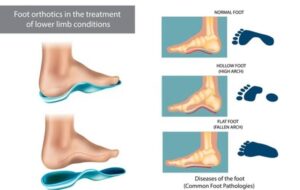
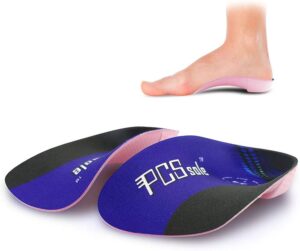


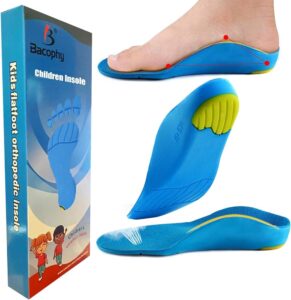


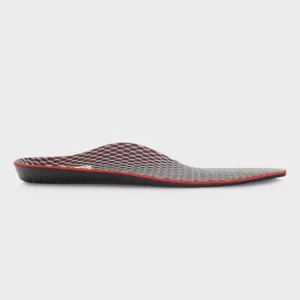
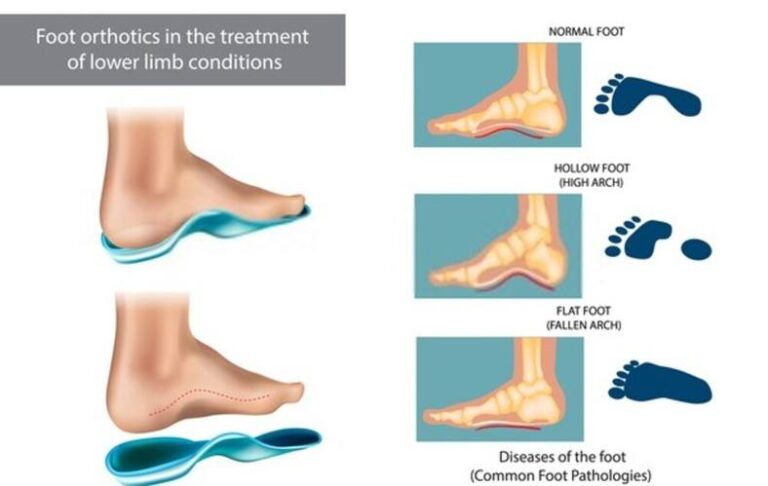

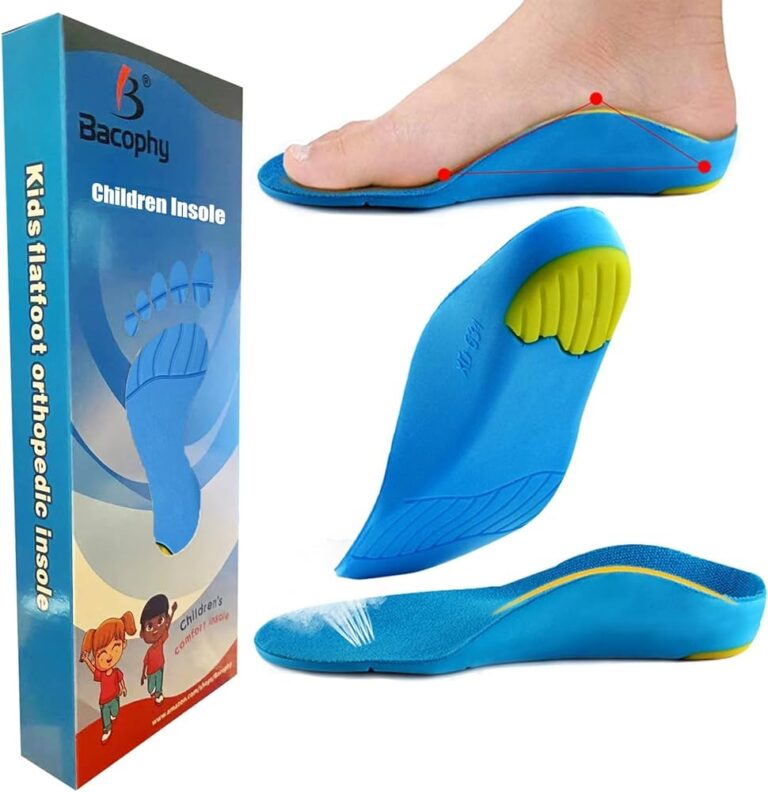

+ There are no comments
Add yours